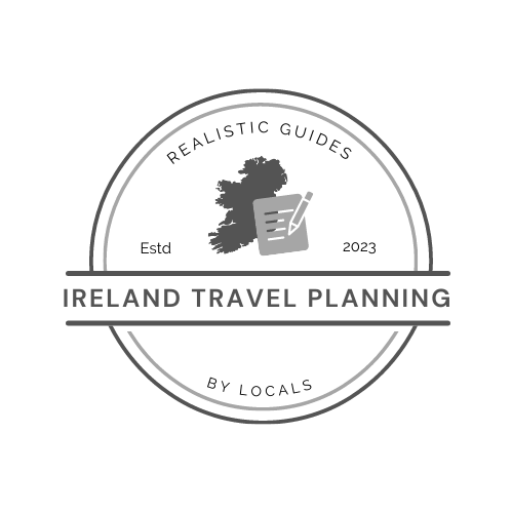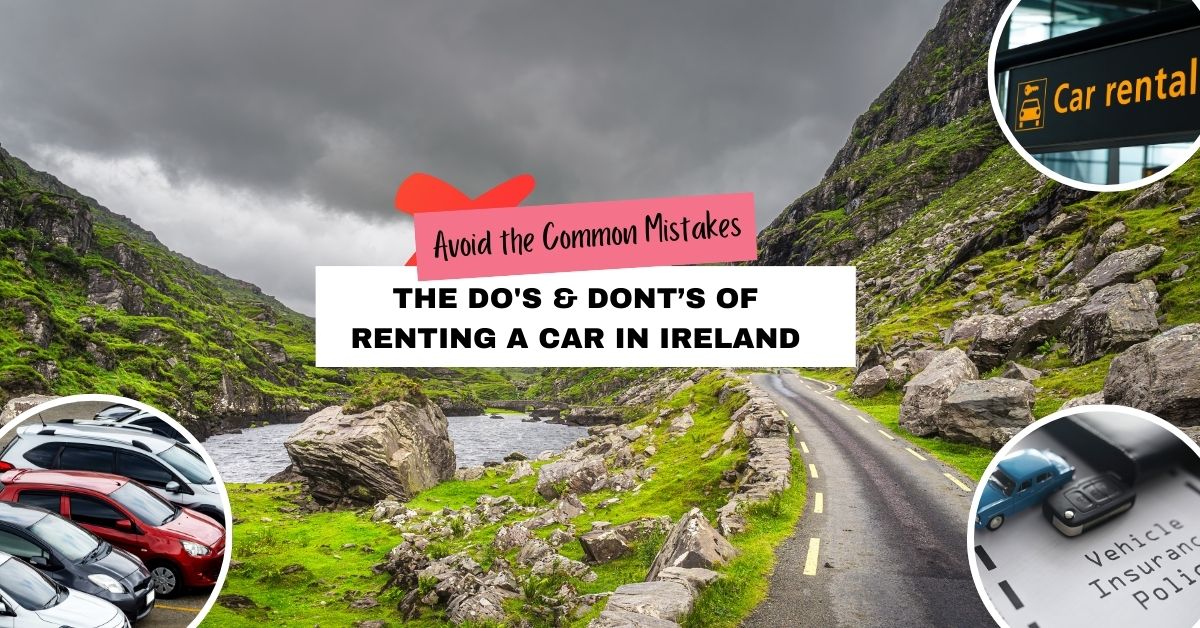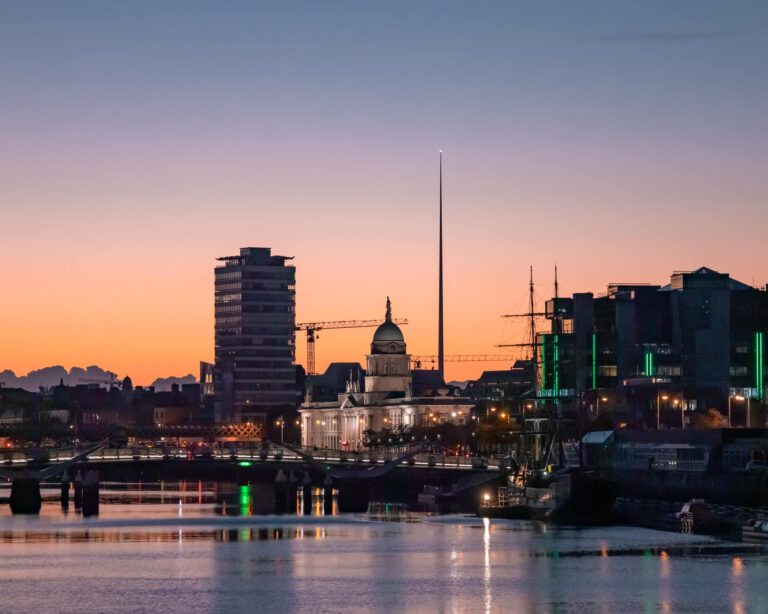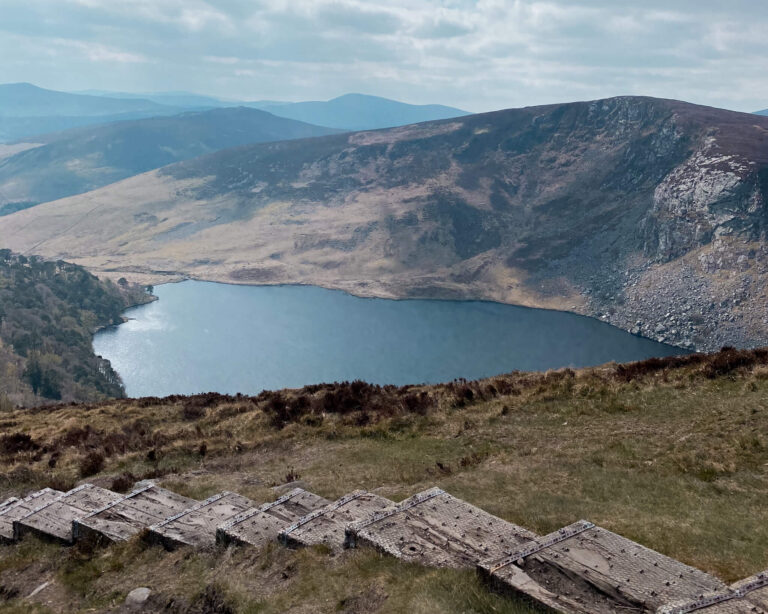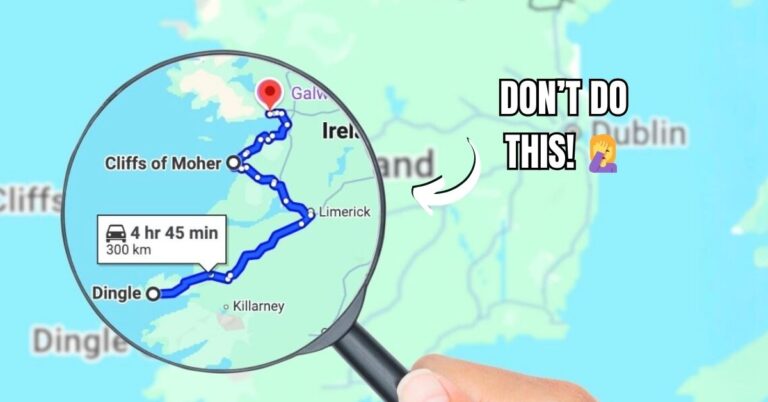The Do’s & Dont’s of Renting a Car in Ireland – ❌ Avoid the Common Mistakes
Ireland Travel Planning contains affiliate links and is a member of the Amazon Services LLC Associates Program. If you make a purchase using one of these links, I may receive compensation at no extra cost to you. See my Disclosure Policy for more information. Ireland Travel Planning also uses both personal and paid stock photos to illustate posts
There is no denying it, renting a car is by far the easiest way to to explore the beauty of Ireland at your own pace. It allows you to discover some of the countries top hidden gems, get away from tourist traps and avoid the crowds.
And, much like visiting any other country it is important to do some prior research into how car rental works. I decided to do that research for you, and compile it all into one one blog post so that you keep all needed information, handy and in one place.
I spent days looking into various Ireland Travel forum's online, taking note of real life advise given by previous visitors to help make your trip to Ireland as care free as possible.
I will also provide you with some local knowledge into Irish roads, rules and service stations. Let’s dive in!
Before you visit Ireland, here's some quick recommendations…
📞 International roaming can be expensive, honestly eSims are the way to go! Airalo offers some pretty affordable cell phone plans that work seamlessly across Ireland, this one is best for travel within the Republic of Ireland and these deals work in both the Republic and Northern Ireland.
🏨 Hotel prices can go up and down, I always like to compare pricing by using site such as Booking.com or Hotels.com
🚌 Actives and Experiences is what makes an Ireland trip that extra bit special! Like did you know you can design your own Claddagh Ring? (one of my favourites). I typically find the best experiences by using the likes of GetYourGuide or Viator.
🚘 Renting a car is one of the best ways to explore the beauty of Ireland, but the pricing can be very competitive, that's why it is always best to check out site like Discover Cars to compare rental prices.
✈️ You never know what airlines may be offering Ireland flight deals, they can go down by 100's in a day, I always like to turn on price tracker on Skyscanner so I never miss a deal!
🏥 I can't stress this enough but travel insurance is an absolute must! Thankfully SafetyWing have some pretty affordable plans.
First, let’s look at why you should rent a car in Ireland…
For starters it offers a great deal of flexibility, giving you the abilty to go where you want when you want. You can also switch up your plans last minute because you discovered a cool local festival that is taking place just 20 minutes down the road!
And…then there is Irish public transport. While it is good in between cities and big towns, it seriously lacks convenience when it comes to getting to Ireland’s coastline. Where most of the beautiful landscapes just so happen to be!
To shop around for car rental prices I like to take a look at Discover Car, they do a wide search on your dates compiling pricing from all the major car rental brands. It’s also a good place to start to give you an idea of how much renting a car will cost.
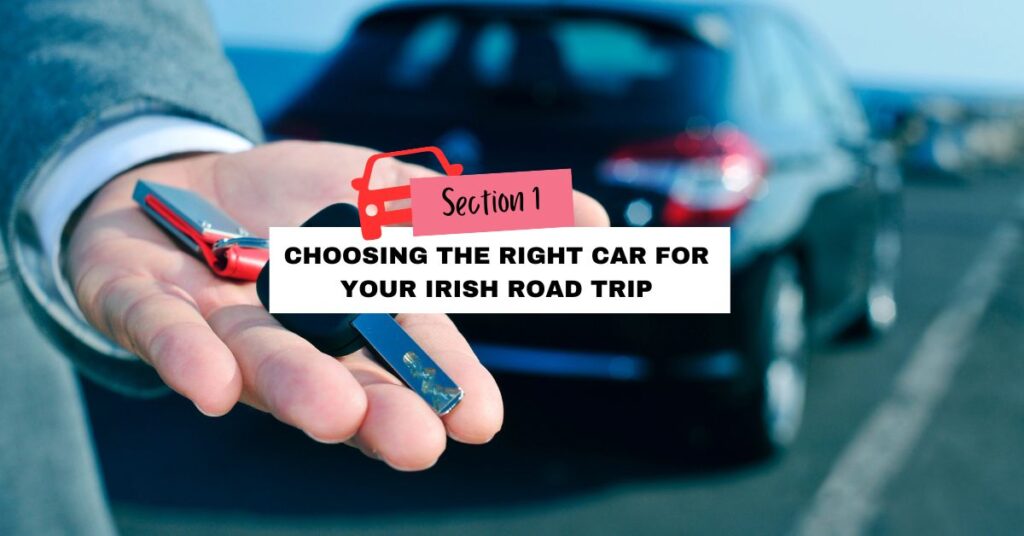
Section 1: Choosing the Right Car For Your Irish Road Trip
- The Smaller the Better: When it comes to choosing a car in Ireland I’d advise going for the smallest option possible. At the end the day, the Irish roads can be narrow, so the smaller your vehicle the less challenging you will find them. My first ever car was a Toyota Yaris, and she got me through some of the toughest driving scenarios as a new driver. She was such a trooper!
- Choose the Right Size for Your Group and Luggage: However, with that being said, you may need a slightly bigger car depending on your party size. Last thing you want is to be crammed in the back on a 3 hour drive from Dublin to Galway. And on that note, how you pack for Ireland will play a role on the size of your vehicle. Basically, there is no way you are going to fit 4 large suitcases into a Toyota Yaris. You may need to upsize.
- Automatic vs. Manual Drive: Most cars in Ireland are manual drives, it’s rare to come across a local who will drive a automatic. Although, it is becoming more popular in recent years. Due to the high number of manuals in the country, it’s typically cheaper to rent them too. However, this is something I advise against if you are not familiar driving a stick. There are already so many new variables you have to deal with when driving in Ireland. There is no need to add anymore stresses to your plate. Beside, not all driving licenses will cover manual drive. So, my best advise here is to include the additional charge in your budget.
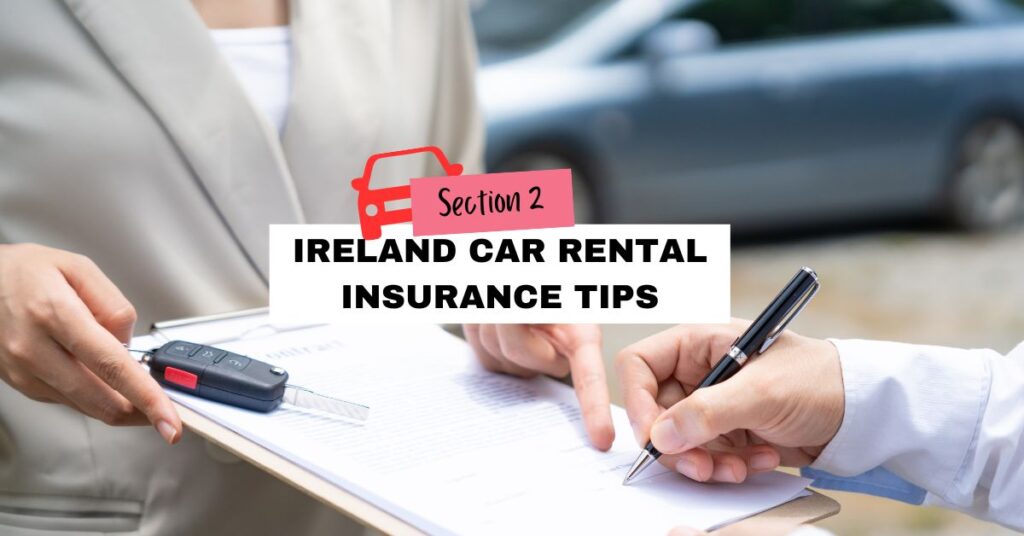
Section 2: Ireland Car Rental Insurance Tips
This goes without saying, when renting a car in Ireland insurance is essential! Below are some handy tips that will help reduce stress when shopping around for the best car rental service.
- Book Insurance Through the Rental Company: One annoying element about renting a car in Ireland is the big hold that a lot of companies put on your card throughout the rental period until you return the car undamaged. The best way to avoid this charge is read the fine print before you book to avoid any surprise charges at the booking counter. Or, book directly through the rental company itself of a third party. This way you can discuss the insurance coverage and any holds that may be placed in advance. On the Ireland Travel forums, a lot of people recommended NewWay for this.
- **Types of Insurance:**There are two main types of car rental insurance you can get in Ireland, CDW and SCDW.
CDW (Collision Damage Waiver): This is a mandatory insurance when renting a car in Ireland, typically it is included already in the day rate on most rental sites. The way it works is, you will be covered up to a certain limit depending on the size of the vehicle you choose to rent. For example, it generally starts at around €3000 per car. If the damages exceed this amount you will be reliable for paying the difference.
SCDW (Super CDW): And then there is SCDW, the one I recommend everyone should have. This will reduce the excess to zero. Meaning it should cover all damage, but I have seen some exclude the likes of tyres, windshields, and the undercarriage (so make sure you read the fine print before paying). Sometimes these damages are included as an additional add on.
Credit Card Insurance (the Bonus Option)
Now, if you are one of the lucky few who’s credit card covers rental insurance in Ireland you could end up saving yourself a fair bit of money. Full cover can end up costing you around €70 a day when buying with the rental. However, it is important to check if Ireland is included in you credit card companies policies as 9 times out of 10 it is excluded.
Full insurance with no deductible can run you around €70/day. While credit card insurance can save you a lot, you need to be well-prepared:
- It’s common for many direct rental companies to automatically add basic CDW without offering the option to decline it. If you accept this, your credit card insurance becomes inactive. CDW can be costly, with high deductibles, making your credit card's insurance far more appealing if you can avoid the rental company's coverage.
- A way around this could be by making a booking through third party sites such as Discover Cars, to avoid being automatically charged for unwanted insurance. But of course, it is always important to check if this is possible as each rental has it’s own terms.
- If you do opt into using credit card insurance you will need to secure yourself a cover letter from your credit card company dated within 30 days of your rental. It should state that you are covered in the Republic of Ireland and the maximum coverage limit. This will need to be shown to the rental company when picking up the car or you will be forced to pay the CDW. They typically charge an admin fee for this which is within the range of €35.
If you opt for the basic Collision Damage Waiver (CDW) from the rental company, you'll usually face a high deductible. However, if you decline the CDW and rely on your credit card insurance instead, you can often enjoy coverage with no deductible at all. That’s definitely a win! Of course, this is always down to individual circumstances so make sure you check everything over before committing.
Need with your Ireland trip? Let me be your guide…
🙋♀️ Travel Consultation
Book a 40 minute Ireland Travel Planning call with Laura your local guide to discuss some insider tips for your Ireland vacation!
🇮🇪 Free Resources
Explore my free resources packed with insider tips and expert knowledge to help you plan your trip to Ireland!
😘 Say Thank You
Finding my content helpful? A small tip would mean the world to me. It helps me to continue making these free guides 💛
Or, Join my FREE Ireland Travel Planning Facebook Group to ask questions about your upcoming trip! I pop in once a week to answer as manny as possible 🇮🇪
Need with your Ireland trip? Let me be your guide…
🙋♀️ Travel Consultation: Book a 40 minute Ireland Travel Planning call with Laura your local guide to discuss some insider tips for your Ireland vacation!
🇮🇪 Free Resources: Explore my free resources packed with insider tips and expert knowledge to help you plan your trip to Ireland!
😘 Say Thank You: Finding my content helpful? A small tip would mean the world to me. It helps me to continue making these free guides 💛
ℹ️ Join my FREE Ireland Travel Planning Facebook Group to ask questions about your upcoming trip! I pop in once a week to answer as manny as possible 🇮🇪
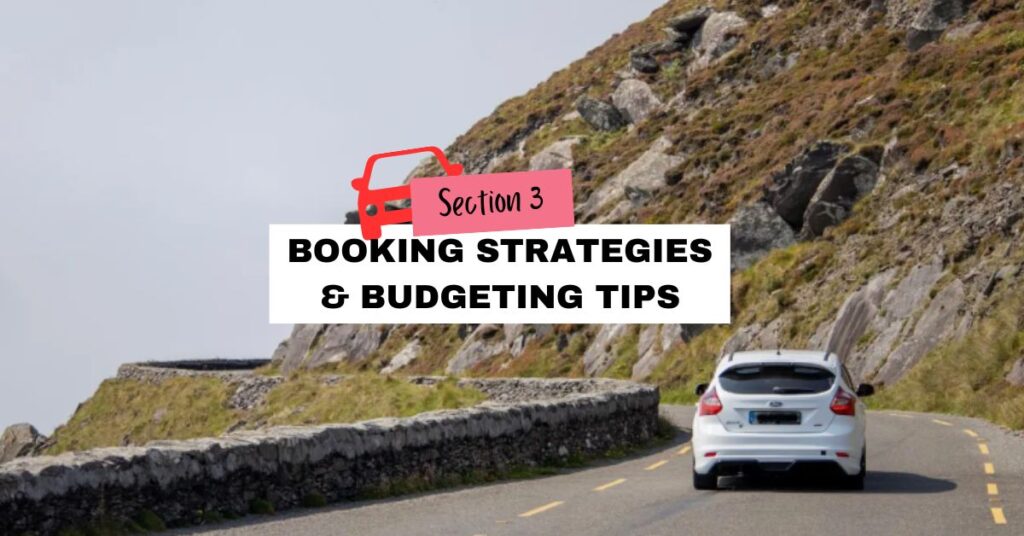
Section 3: Booking Strategies & Budgeting Tips
- Book Well in Advance: Car rentals tend to get more expensive the longer you wait, so book early for the best prices.
- Consider Off-Season for Cheaper Rates: Renting in the off-season, like November, is usually cheaper due to lower demand.
- Don’t drive in Dublin: I can’t stress this enough, Dublin is NOT a drivable city. There is loads of rules in place to make driving that extra bit more difficult like no right or left turns on some streets. I really advise against renting a car when in Dublin. Besides, parking is typically around €4 or more an hour so that will rack up your budget pretty quickly. The public transport within Dublin is good enough to get you around and it’s also an extremely walkable city.
- Rent from the Airport for Convenience: If Dublin isn’t your first stop then I recommend picking up your car at the airport for convenice reasons. It’s located just off the motor way which means you can drive on easier roads at first to get used to the left hand side of the road.
- Inspect the Car Thoroughly: Before driving off, thoroughly inspect your rental car for any damage. Take timestamped photos of any existing dents, scratches, or other damages to avoid being blamed (and charged) for them later.
- Return Car with Full Tank: Save yourself from extra charges by returning the car with a full tank of fuel. Some companies will charge an inflated rate if they need to refuel it for you.
- Check for a Spare Tire Not all rental cars come with a spare tire or jack. Double-check that these are included before you drive off.
- International Drivers License: U.S. and EU driver's licenses are valid in Ireland. There's no need to apply for an international license. While, an international license is not needed for some other countires, I have found conflicting information so it is always best to double check with your rental company before arriving in Ireland.
- Age Restrictions: The minimum age to rent a car varies, so check with the rental company beforehand. If you’re under 25 or over 75, you may face additional fees or restrictions.

Section 4: Driving Techniques & Tips
Now let’s take a look at some driving techniques that you should consider to help drive you rental around Ireland.
- Familiarise with the road system: We typically name our roads according to it’s driving conditions and limits.
- M = Motorway: Similar to US interstate highways with on and off ramps. The speed limits on these range from 100 to 120km per hour.
- N = National: National roads are generally used between cities and large towns when a motorway is not prescent. In most cases they easy to navigate. They do give more of s ‘country’ feel to them but don’t tend to be overly windy compared to actual country roads. They are usually 100Km per hour.
- R = Regional Roads: These are far smaller than National roads and generally only have two lanes (one going in each direction). They can really vary in difficulty, some you may question if they are a one way system whereas others are nice, wide and open. They can be windy in places but manageable for most drivers.
- L = Local Roads: It’s rare that a tourist would end up on one of these roads but it does happen. Only because Google Maps insists that it is a ‘shorter’ route. When in reality no one, not even the locals are driving at the 80km speed limit on them. These roads are used as access to a house or property.
- A Pass or Gap = Scenic Driving Route Through the Mountains: Odds are you will come across these road terms more than once on your trip to Ireland. It typically refers to scenic driving routes that bring you up through the mountains. My favourites being, Connors Pass in Kerry, Do Lough Valley in Mayo and Sally’s Gap in Wicklow.
- Road Navigation: Google Maps may suggest L roads, which can be less safe and slower. Turning off “prefer fuel-efficient routes” may help avoid those narrow paths.
Make Sure to Drive on the Left: Driving in Ireland means staying on the left side of the road. A helpful tip is to wear your watch on your left wrist as a reminder. A lot of car rental companies will have stickers on the windscreen and there will also be signs when entering some major roads.
When using roundabouts (traffic circles), remember: Yield to traffic coming from the right. Don’t stop in the roundabout to read signs—learn the flow of roundabouts before your trip! Roundabouts are everywhere in Ireland. If you're unfamiliar with them I found this helpful Youtube video which will teach you everything you need to know.
Overtaking: The right lane on motorways is primarily for overtaking. If you're not overtaking, stay in the left lane.
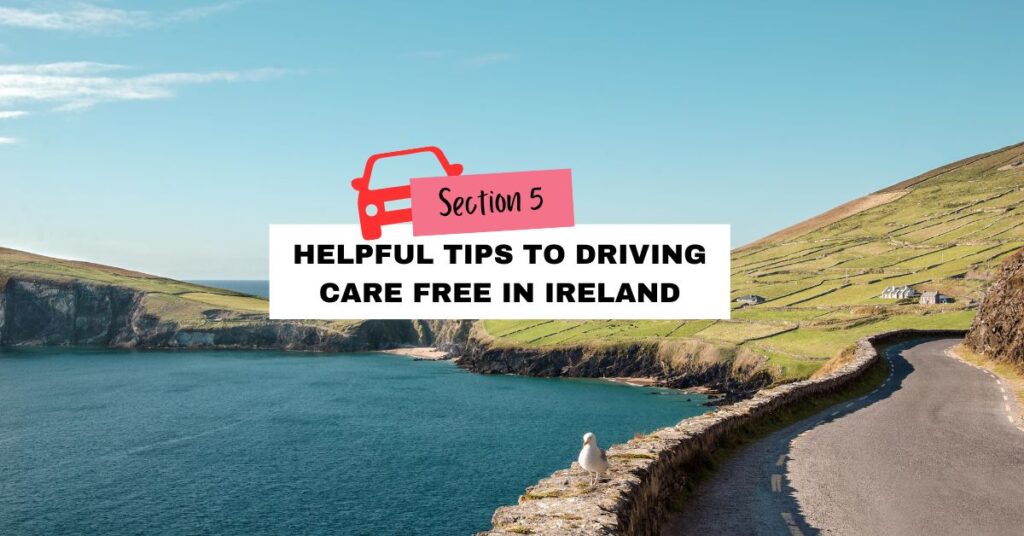
Section 5: Helpful tips to driving care free in Ireland
Make Use of Eircodes: Google Maps is your best friend. For precise directions, use eir code (Ireland’s postcode system) to navigate. This is a 7 digit code at the end of a address. You do not need to put the full address into Google Maps, the air code will do as every address has an individual code.
Post-it Note Tip: Using post-it notes to sick inside the car can help remind drivers to stay on the left side of the road, of common road signs and convert the speed limit from kilometres to miles.
Mental Cues for Driving: Vocalising your actions (like “turning left, staying left”) can help override instincts and keep you safe.
Road Navigation: Google Maps may suggest L roads, due to the speed limit being 80km/h on them but no one in their right mind is driving at that speed. These roads tend to be less safe and slower. Turning off “prefer fuel-efficient routes” may help avoid those narrow paths. If you do notice the GPS is directing off a main road, pull over for a minute and see if there is a longer but more efficient road to continue on. 9 times out of 10 there is!
If you want to discover more tips and advice about driving in Ireland then make sure to check out my two blog posts below which cover the topic in much more detail!
- Do’s & Don’t of Driving in Ireland (#12 – A Rule Most Are Unaware Of!)
- Avoid These Rookie Mistakes When Driving in Ireland – (#29 Will Shock You!)
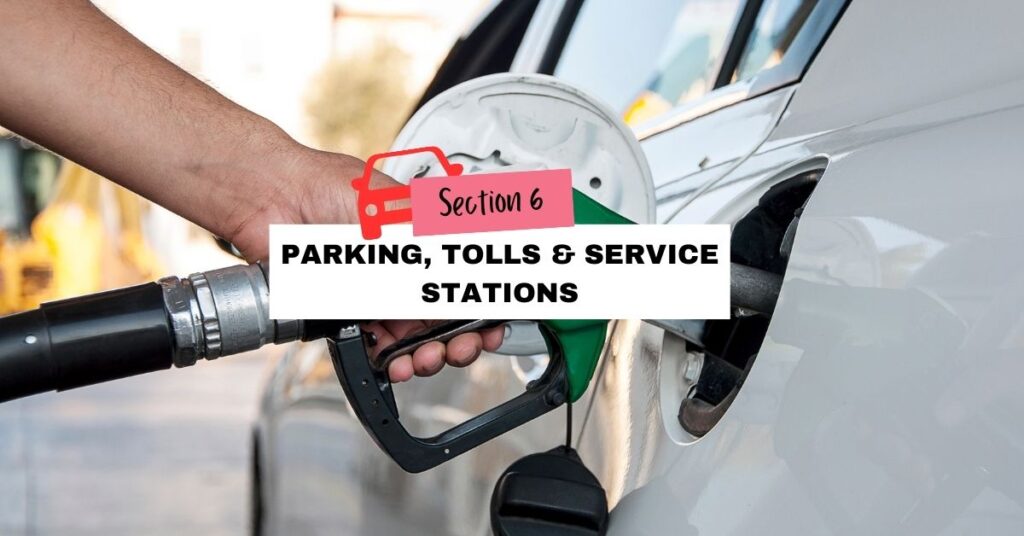
Section 6: Parking, Tolls & Service Stations
- Be Prepared to Pay for Parking: Many places require payment for parking, for the most part you will be able to pay by card with the exclusion of some small and rural towns. So keeping a little supply of euro coins will come in handy.
- Tolls on Irish Roads: Some motorways in Ireland, including the M50 in Dublin, are tolled. For the M50, it’s an electronic toll, so you won’t stop to pay. Instead, you’ll need to pay online (within 24 hours or risk a higher fee) or prearrange a payment method a head of time with you rental company. Other tolls accept both card and cash payments.
- Keep an Eye on Fuel Costs: Not all service stations (gas stations) have the same pricing. Some may be cheaper than others. So, it’s a good idea not to let you tank go to emply so you can make use of more affordable options.
- Diesel VS Petrol: Irish petrol stations offer both diesel and petrol. It's crucial to know which one your rental car requires because using the wrong type can seriously damage the engine. Which can end up being a costly mistake. Diesel cars are common and generally more fuel-efficient.
- Fuel Pump Colours: Diesel has a black nozzle, and gasoline has a green nozzle, which is the opposite of the U.S. This is a crucial detail to remember to avoid mix-ups!
- DIY Service Stations: In Ireland all service stations require you to pump the petrol or diesel yourself. Once you have filled your car, go into the shop, tell the assistant what number fuelling station you are parked at and pay at the till. Some stations now have an option to pay at the pump using a debit or credit card.
- Currency Tip: When asked whether you would like to pay in Euro or your home currency, always choose Euro as conversion rates are normally more expensive.
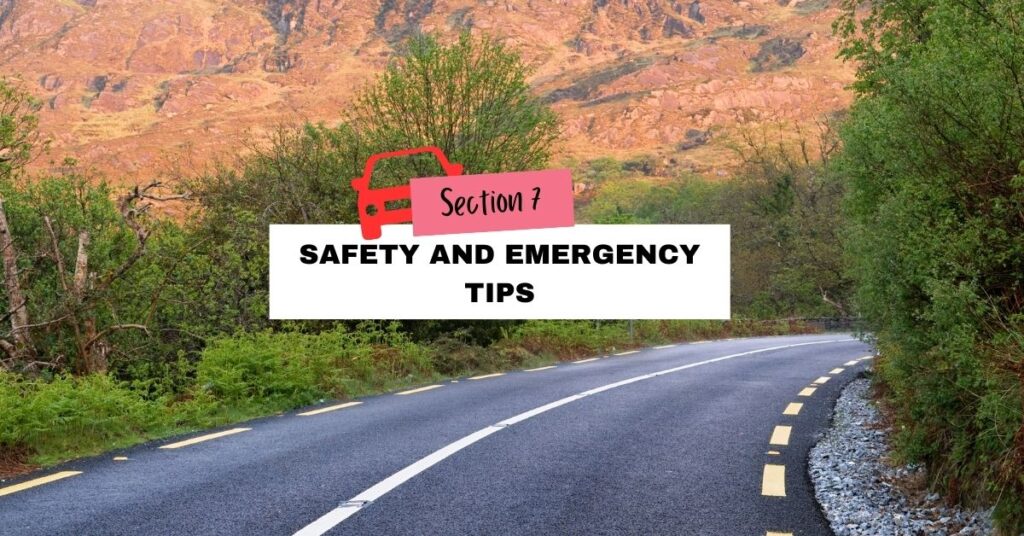
Section 7: Safety and Emergency Tips
- Rain and Mud: Be cautious about pulling over on grassy areas during rain or in generally. Cars can easily get stuck causing the wheels to spin in the mud. I experienced this the hard way when renting a camper van a few years back. It was also a particularly sunny day but the rain from a few days previous cause the ground to be softer than it looked.
- Emergency Number: If you find yourself in an emergency, you can call either 112 or 999 which will connect you with fire, ambulance or the Gardaí (Ireland’s Police Force).
- Find Out Your Rental Policy for Breakdowns: Make sure you are aware of how you rental car company deals with break downs and what services they offer if you find yourself in that situation.
- Narrow Roads: Irish roads can be narrow especially out west. This is something you should not let scare you but also remain mindful the hedges and stone walls might be closer than you expect. And the bushes can hide obstacles and road signs.
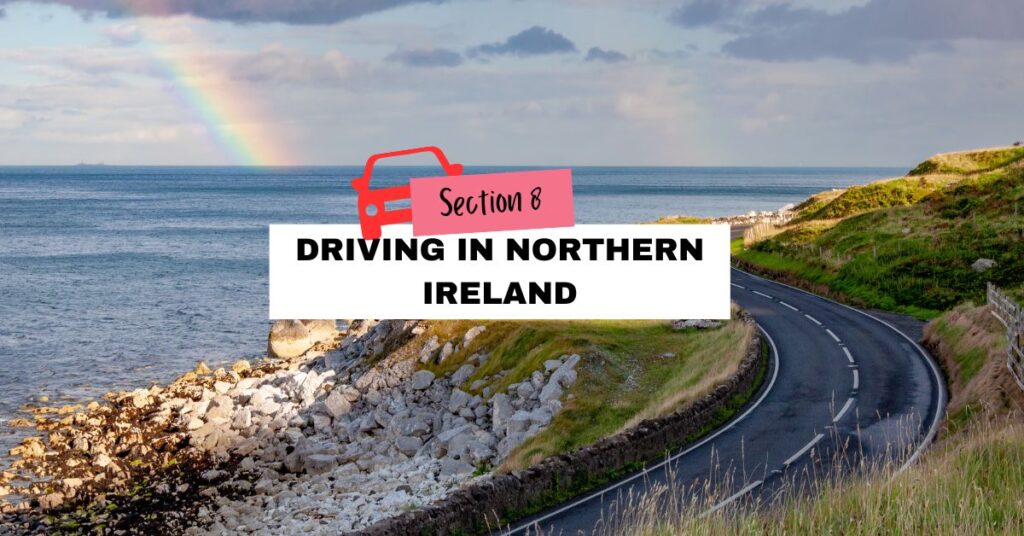
Section 8: Driving in Northern Ireland
If your trip includes crossing into Northern Ireland, you’ll need to inform the rental company ahead of time. They’ll charge a small fee, usually about €30, to ensure you’re covered across the border. It’s also important to note that in the Republic of Ireland the speed is measured in Kilometres per hour and in the North it’s miles.
Here’s a quick conversion (please note it is only estimates):
- 50 kph: ~32 mph
- 60 kph: ~36 mph
- 80 kph: ~48 mph
- 100 kph: ~62 mph
- 120 kph: ~75 mph
Have a Ireland Travel Question?
Then join my FREE Facebook Community, I pop in once a week to answer as many queries as possible. Please do not email or DM. It is easier for me to manage everything in the one place 😊
👋 JOIN MY FREE IRELAND FACEBOOK COMMUNITY
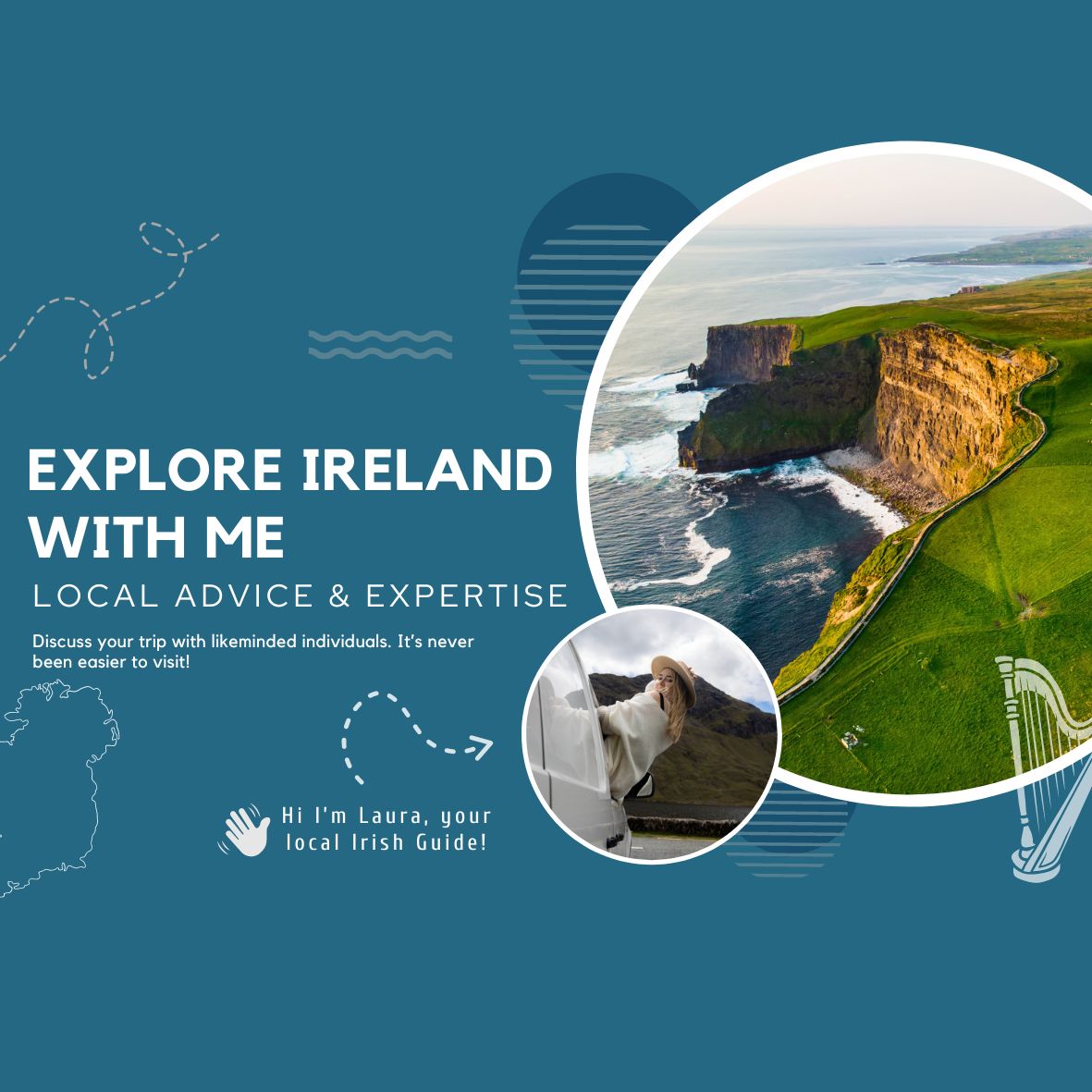
🇮🇪🇮🇪🇮🇪
FREE IRELAND FACEBOOK COMMUNITY
✔️ LOCAL ADVICE
✔️ FREE ACCESS TO GOOGLE MAPS PINS
✔️ GROUP DISCUSSION
